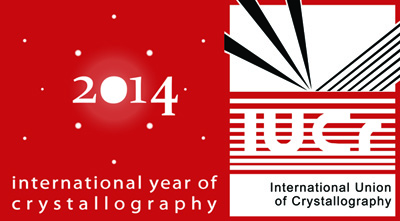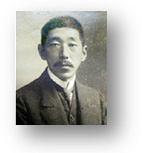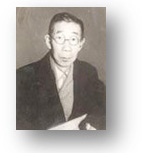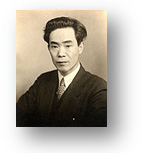 |
@@gCrystalh is a form of materials being always with us throughout mankindfs history. Snowflakes, salt, gemstone, etc. are familiar to our life as a typical gCrystalh. About 100 years ago, Max von Laue (a Nobel Laureate in 1914) unraveled the mysteries of X-ray scattering by crystals. Soon after, W. H. Bragg and W. L. Bragg (Nobel Laureates in 1915) illustrated the arrangement of atoms in crystals. These groundbreaking experiments marked the birth of modern crystallography. Since then, modern crystallography has contributed to twenty-three Nobel Prizes and significantly advanced progress in science and technology. In July 2012, the United Nations General Assembly designated 2014 as the International Year of Crystallography (IYCr2014) based on a proposal by Morocco to celebrate the centennial of these events with the support of the IUCr (International Union of Crystallography), UNESCO (United Nations Educational, Scientific and Cultural Organization) and ICSU (International Council for Science).
@@The beginning of modern crystallography in Japan also dates back over a century ago. In 1913, Torahiko Terada (Tokyo Imperial University) demonstrated X-ray diffraction (X-Rays and Crystals, T. Terada, Nature, 91, 135-136 (10 April, 1913)) and Shoji Nishikawa (Tokyo Imperial University) reported on X-ray patterns of fibrous, lamellar and granular substances (S. Nishikawa and S. Ono, Proc. Tokyo Math-Phys. Soc., II-7, 131-138 (1913)). In 1936, Ukichiro Nakaya (Hokkaido University) successfully classified natural snow crystals and made the first artificial snowflakes. In the last half-century, developments in crystallography helped form thriving manufacturing sectors such as the semiconductor industry, the iron and steel industries, the pharmaceutical industry, the electronics industry, the textile industry, and the polymer industry, as well as a wide array of academic research.
@@The gIYCr2014 Japan Initiativeh was launched to celebrate the birth of modern crystallography and to showcase the role of crystallography in past, present and future research and technology in Japan with the support of the Science Council of Japan (SCJ) and relating academic societies in cooperation with the IUCr.
|
 |



